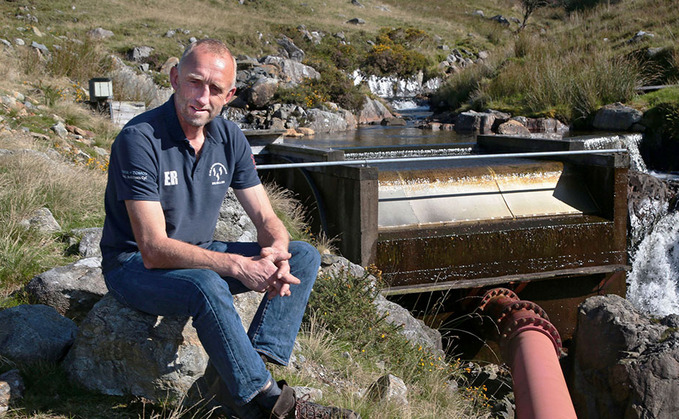
A major hydro scheme in north west Wales has shored up a family farm for the future. Barry Alston reports. If there are two things the Welsh mountains are not short of, it is sheep and rain - but both...

A major hydro scheme in north west Wales has shored up a family farm for the future. Barry Alston reports. If there are two things the Welsh mountains are not short of, it is sheep and rain - but both...